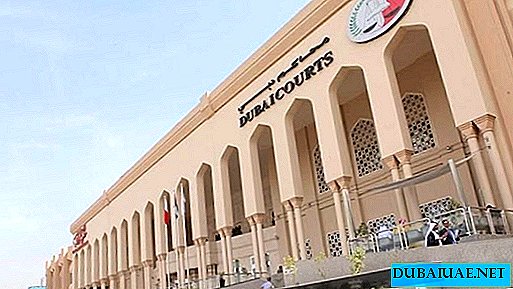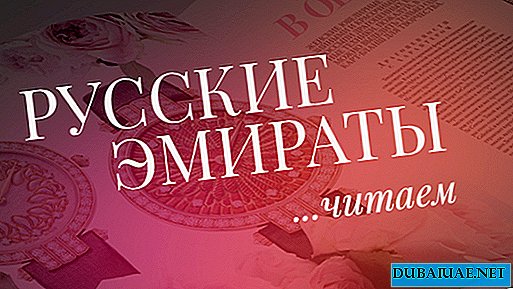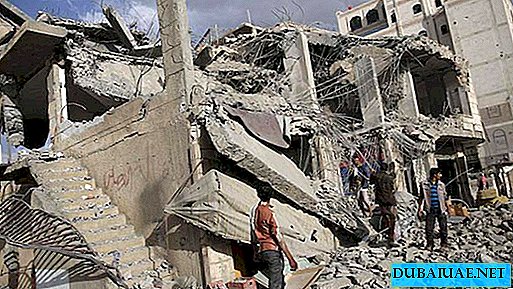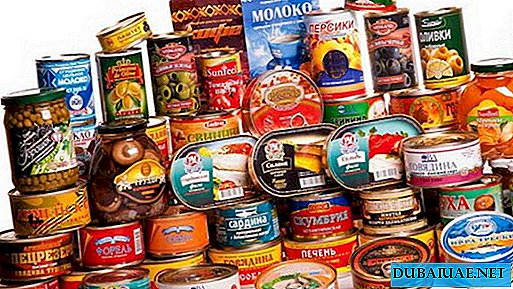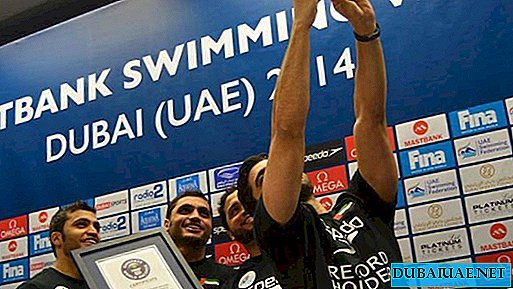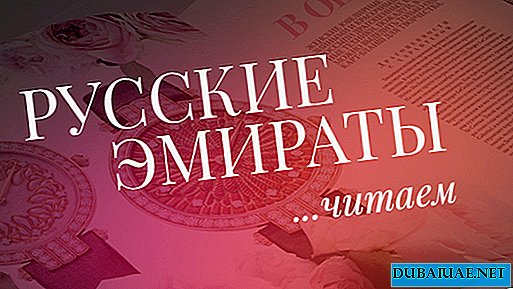NOT LONG LONG TIME BY THE "RUSSIAN EMIRATES" HAVE BEEN LIKE TO VISIT KAZAN AT THE LOCAL CARNIVAL - THE NATIONAL HOLIDAY OF SABANTUI. ITS SURE TO VISIT THOSE WHO ARE INTERESTED IN HISTORY, TRADITIONS, NATIONAL KITCHEN AND SPORTS. IN ONE HOLIDAY - THE WHOLE WORLD IN WHICH IS CERTAINLY WELL TO PAY TO AN EXPERIENCED TRAVELER.
Unforgettable traditions
A fine June day. Suburb of Kazan. A string of locals dressed in festive national costumes is moving in one direction. Everyone carries baskets with refreshments and colored eggs, singing songs in the Tatar language. The procession goes to the tent camp - on the so-called Maidan. There they will enjoy festivities and interesting competitions taking place in a friendly and joyful atmosphere.
Sabantuy history, of course, pretty patted. The festival of the first furrow, traditionally celebrated in April, has now migrated to June: at this time, the sowing work is already over, and haymaking is still far away - so it's time to note a respite between working days. If you look even deeper into the history of folk festivals, you can see that for the inhabitants of the Great Steppe - from the Pacific Ocean to the Carpathian Mountains - the spring gathering was a real sports festival, all-round Olympic Games. It is not known for certain whether these two events had common historical roots, but there is no doubt that both were based on the general principle “in a healthy body is a healthy mind”. By the way, like the Olympics, Sabantuy has always been a celebration of peace: at the time of its holding, all quarrels and conflicts, as well as military campaigns, ceased.
At all times, the best fighters, archers and horses gathered on the Maidan. Today, Kuresh - belt wrestling - has gained worldwide fame. They enter the struggle according to seniority - from the elderly to adolescents. The wrestlers go to the center of the circle, throw the sash-bilbau across each other through the backs, grasp tightly and fight until one puts the other on the shoulder blades. The culmination of the struggle - the battle between the two batyr finalists - is a truly spectacular sight. To this day, as the main reward, the main strongman gets a fat lamb, and often large prizes like a car. And, of course, the honor and respect of all the guests of the holiday.
Sabantuy, of course, cannot do without horse racing (beige). In some areas, mandatory jigging is still included in mandatory performances - performing acrobatic stunts on the back of a galloping horse. The rider is invited to shoot on the move from a bow, throw a spear, throw rings and pick up bags of money from the ground - and all this is in the gimmick of a quarry.
In every Volga region, Sabantuy has its own characteristics. For example, in the Bashkir version (and the Tatars and Bashkirs are still arguing which of them came up with Sabantuy!) They cannot do without a restart (yugereu). Ahead of the running rider rides, showing them the way. The prizes, as a rule, are pieces of meat or towels embroidered with traditional patterns. At the same time, awards go not only to the winner of the competition, but also to the one who crossed the finish line last. After all, the main motto of the holiday is that no one should leave offended, with a load on his soul!
Secular custom
Today, Sabantuy will give odds to any noisy wedding in the number of comic contests intended for all guests. On the Maidan, they traditionally fight pillows, break pots, pull ropes, climb poles and well poles and catch live fish with their hands. Moreover, young girls also take part in the games. One of the most popular ventures for them is running with a rocker and two buckets filled to the brim with water: the one that does not splash water will receive the title of the most accurate housewife. Along with sports competitions on the Maidan, folk festivals also take place. Tatar songs are heard here, laughter is heard, and mouth-watering aromas of beshbarmak and fresh pies (echpochmaks) are carried in the air. When the sun begins to decline, everyone sits down at the samovars in festively embroidered tablecloths, and the popular walk turns into a traditional picnic in nature. After sunset, when all the guests go home, the young villagers go to evening games (kichke wen). Their holiday is just beginning!



